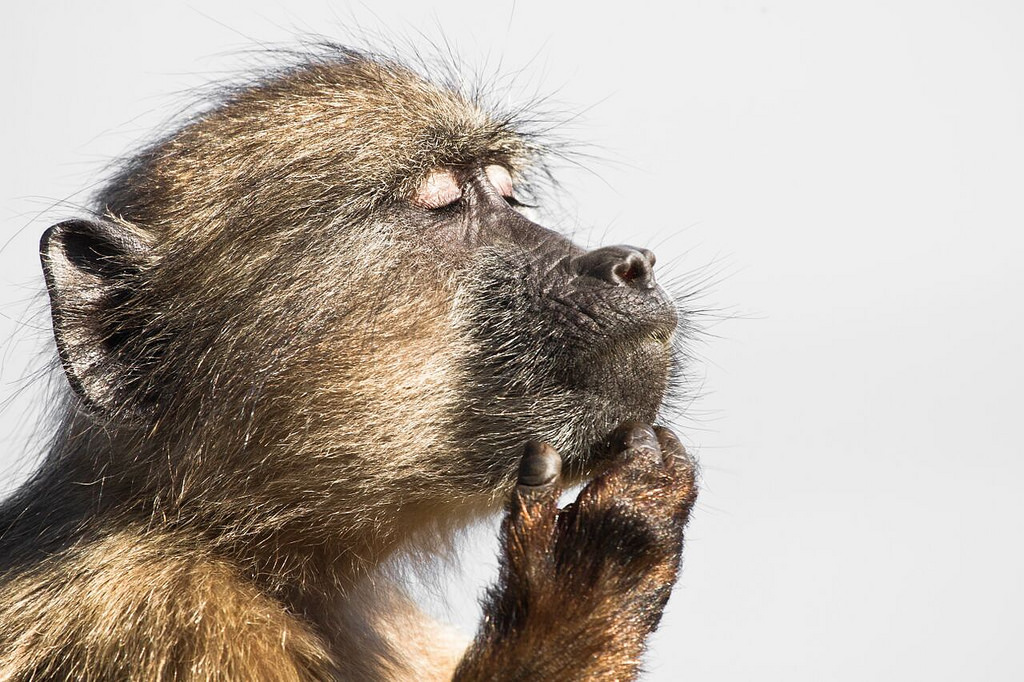
In celebration of the 350th anniversary of one of their publications, Royal Society Publishing held a photography competition. After over 1,000 global submissions, the winners are in.
Royal Society Publishing has been offering scientists an international platform for a seriously long time, but this year they decided to do something entirely different. In honour of the birthday of their record-holding science journal, Philosophical Transactions of the Royal Society, the group decided to recognise the communication power of a medium other than the written word—the image.
Submissions were judged by evolutionary biologist Alex Badyaev, a three-time category winner in the National History Museum’s Wildlife Photographer of the Year competition, alongside an editorial member from each of the two Society journals involved—Proceedings of the Royal Society B and Biology Letters.
After what we can only imagine were intense and long hours of deliberation, the judge’s have picked their favourites.
The overall winner was Belgian biologist Bert Willaert, who according to Badyaev, managed to capture a perspective often overlooked—that of the animal subject. Willaert’s underwater image of tadpoles in a small canal set against a clear, sunny day prioritises the infant amphibians’ view.

‘Tadpoles of many anuran species come in high numbers, but not many make it to adulthood. Here a group of common toad (Bufo bufo) tadpoles is seen from below.’
Willaert says he’s always had an unexplainable fascination with amphibians, and gained a keen eye for photography when he got a camera as a youngster. Though he pursued a degree in biology, focusing on amphibian evolution, and now works as an environmental advisor for the Belgian government, he still keeps an eye out for the perfect wildlife shot wherever he goes.
On a nature walk with friends this spring he found the setting of his winning picture.
‘We came across a patch of very clear water in a small canal. In Belgium this type of clear water is very rare,’ says Willaert. ‘When I looked down and saw thousands of tiny tadpoles swimming about in a mass, I realised I’d have to come back with my camera—it’s not often we get to see these small but beautiful parts of nature.’
A few days later Willaert returned to the spot with his camera, a canon G12 in underwater housing, and snorkel equipment.
‘The water was so shallow to get the right angle I had to extend my hand out underneath the tadpoles swimming around me,’ he says, adding the little guys didn’t seem to mind his presence much, even nibbling at his hands.
Willlaert says he was thrilled to learn he’d won the top prize, and even more surprised by all the media attention the competition has got. ‘It’s good for me, but even better, it’s good for science photographers, who can draw attention to the beauty of nature and animals we otherwise wouldn’t see,’ says Willaert.
Other winners include German Claudia Pogoreutz, who’s shot of tropical clupeid fish in Maldives displaying some awesome teamwork to avoid a young black-tip reef shark was victor of the Behaviour category.

‘A school of tropical clupeid fish exhibit synchronised behaviour to keep a healthy distance from a teenage black-tip reef shark.’
Fellow German Martha Robbins’ picture of gorillas in Rwanda was the runner up in the category.

‘This photo shows the strength and power of gorillas, one of our closest living relatives, yet also shows their vulnerability due to the pressures put on their world by humans.’
As was Italian Luca Antonio Marino’s shot of a stone-tool-yielding bearded capuchin monkey.

‘An adult wild bearded capuchin monkey (Sapajus libidinosus) uses a stone tool to crack a very resistant palm nut in Fazenda Boa Vista (Piauì, Brazil).’
Winner of the Evolutionary Biology category was UK native Ulrike Bauer, with an extreme close-up of a fern fending off a water droplet.

‘Plants have evolved elaborate surface structures to modify the wettability of their leaves. The leaves of the water fern Salvinia molesta are covered with whisk-like hairs.’
Runner up was Italian Fabio Pupin, capturing an impressively hidden adder in the Namib Desert.

‘Bitis peringueyi is an endemic adder from the Nabib desert. It’s an ambush predator, highly equipped for the job.’
There were four special commendation prizes awarded:
American Evan D’Alessandro’s multi-coloured shot of brain coral.

‘The deep and abundant mysteries of reef building corals – their systematics, genetics, and phenotypic plasticity (variability in form possible within a single genetic individual) are only just now yielding their secrets to modern science.’
Jose Juan Hernandez Martinez’s picture of a running Canarian houbarabustard.

‘In the Canary Islands of Lanzarote and Fuerteventura, after every winter rains Canarian Houbarabustard (Chlamydotis undulata) males begin their impressive courtship displays.’
South African Davide Gaglio’s depiction of a contemplative baboon.

‘I noted this baboon sitting and facing the sun with his eyes closed. Once I was close enough, and without distracting him, he put one hand under his face, posing as though he was lost in his thoughts.’
And the UK’s Steve Gschmeissner’s scanning electron microscope shot of a fish louse.

On November 26th expert wildlife photographers will give a free talk about their trade, science communication, and the winners of this year’s competition at The Royal Society’s London headquarters—6-9 Carlton House Terrace.
